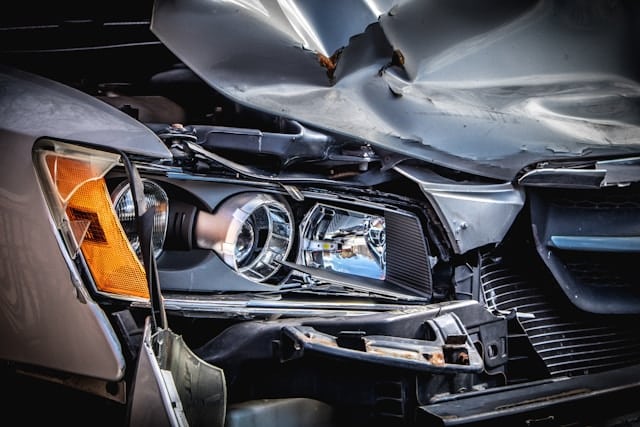How to Spot and Address Hidden Damage After a Collision
 After a collision, the visible damage to your vehicle can often be just the tip of the iceberg. Hidden damage, not immediately apparent, can have serious implications for the safety and performance of your car. Identifying and addressing this concealed damage is crucial for restoring your vehicle to its pre-accident condition. This guide will help you understand how to spot hidden damage after a collision and the steps to take to ensure it is properly repaired.
After a collision, the visible damage to your vehicle can often be just the tip of the iceberg. Hidden damage, not immediately apparent, can have serious implications for the safety and performance of your car. Identifying and addressing this concealed damage is crucial for restoring your vehicle to its pre-accident condition. This guide will help you understand how to spot hidden damage after a collision and the steps to take to ensure it is properly repaired.
Understanding Hidden Damage
What Constitutes Hidden Damage?
Hidden damage refers to any harm inflicted on the vehicle’s structure or internal systems that is not visible on the surface. This can include issues with the frame, suspension, electrical systems, and more. Such damage can affect the vehicle’s safety, performance, and overall integrity.
Common Areas for Hidden Damage
The most common areas where hidden damage occurs include the vehicle’s frame, undercarriage, and internal components like airbag sensors and alignment systems. Damage in these areas can compromise vehicle safety and lead to further problems if not addressed.
Spotting Hidden Damage
Professional Inspection
The best way to identify hidden damage is through a thorough inspection by a qualified auto body repair technician. Professionals use specialized tools and techniques to assess the vehicle’s condition beyond surface-level damage.
Signs of Hidden Damage
Some signs that your vehicle may have hidden damage include unusual noises, difficulty steering, uneven tire wear, and electrical issues. If you notice any of these symptoms after a collision, it’s crucial to have your vehicle inspected.
Addressing Hidden Damage
Prioritizing Safety
When addressing hidden damage, the priority should always be safety. Ensure that any repairs are carried out by experienced technicians who can restore the vehicle’s structural integrity and safety features to their original standards.
Using OEM Parts
For repairs, using Original Equipment Manufacturer (OEM) parts can help ensure that the vehicle is restored to factory specifications. OEM parts are designed to fit and function exactly like the original components, providing reliability and peace of mind.
Advanced Repair Techniques
Modern repair shops utilize advanced techniques and equipment for diagnosing and repairing hidden damage. This includes computerized frame analysis, precision welding, and detailed alignment checks to ensure that every aspect of the vehicle is restored correctly.
The Importance of Documentation
Keeping Detailed Records
Maintaining detailed records of all inspections, diagnoses, and repairs is vital. This documentation can be crucial for insurance claims, future sales, and ensuring the vehicle remains safe and reliable.
Warranty and Follow-Up
Choose a repair shop that offers a warranty on their work. Additionally, scheduling follow-up inspections can help ensure that the repairs hold up over time and that no additional issues arise from the initial damage.
Conclusion
Hidden damage after a collision can pose significant risks if not properly identified and addressed. By understanding how to spot potential problems and taking the necessary steps to repair them, you can ensure your vehicle remains safe, reliable, and enjoyable to drive. Always rely on professional auto body technicians to handle repairs, and keep thorough documentation for your records.
